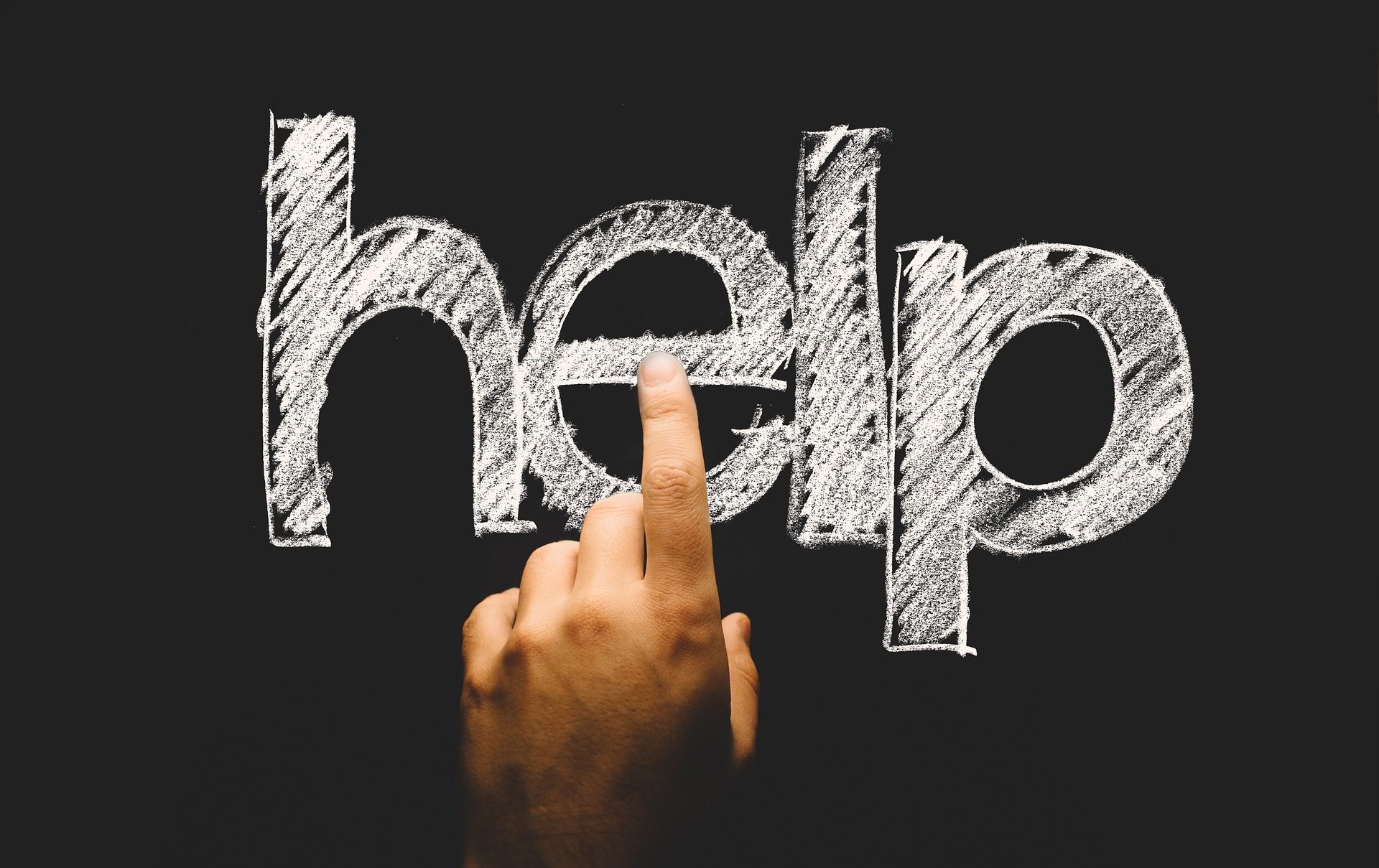Team conflicts arise when there are disagreements between team members regarding some tasks, processes or individuals involved with the project. Conflicts can also occur when there are differing personalities.
At first, these conflicts may seem commonplace, but if not resolved properly, destructive conflicts lead to negative consequences and performance deterioration. Constructive conflicts, on the other hand, lead the team to growth and improvement in their performance.
According to Lewinson (2010, para. 5) “Project team conflicts are caused by the situation when the balance between perceptions, goals, or/and values of the team members is upset.” Therefore, these people can no longer work together effectively, and no shared goals can be achieved in this team environment.
 Typical source of conflict
Typical source of conflict 
-
Perceptions. What a person perceives in a situation is not necessarily identical to the reality. Therefore, the team members may have different interpretations of the exact same situation or event without being able to reach a mutual understanding. This can be a source of team disagreements.
-
Values. People have different values and principles in life, and these differences may lead them to disagree when it comes to how they behave at workplaces. If their values lead them to take opposite positions when dealing with a particular issue, this difference in opinion can create conflicts within the team environment.
-
Goals. People may want to achieve something, but they might have different reasons for doing so. This is also a source of team conflicts, because it triggers disagreements between members about the best way to accomplish this task.
In the event that these perceptions lead to conflict they can seriously reduce the effectiveness of the team’s work.
 Team conflict resolution process
Team conflict resolution process 
A robust process to deal with conflict should be put in place by the team leader or a senior manager.
When there is none, it is necessary to find a person who can act as mediator. It can be a person from outside the project such as a representative of the academic team, or a teacher with whom you feel comfortable talking to.
The support team is also available to guide you through the process
Support team:
Senior learning support manager: andrew.keohane@glion.ch
Health advisor Glion campus: Healthadvisor.glion@glion.edu
Health advisor Bulle campus: Healthadviso.bulle@glion.edu
 How to resolve a conflict in which I am involved?
How to resolve a conflict in which I am involved? 
1. Don’t talk to your colleague if you are angry
Do not engage in a discussion if you are feeling very emotional about the situation.
This is because when you are angry, your ability to use reason and problem-solving skills is diminished.
Remove yourself from the situation if your emotions are too intense and take time to calm down and step back.
2. Analyze and reflect on the problem
Take time to identify the issues and causes of the problem from your perspective.
Then try to look at the situation from the other person’s point of view, trying to get a sense of what their expectations and needs might be.
3. Separate the problems from the people
Think about how to discuss the problem with the other person, without blaming them.
When we are angry, we are often inclined to see the other person as the problem and to attribute hostile intentions to them. We then become hard on the person and tend to interpret all their behavior with a negative bias.
Instead, try to put yourself in their shoes, be empathetic and understand their point of view. What motivates their actions? What are their needs and expectations? How do they perceive the situation?
Conflicts are often fueled by misperceptions, prejudices, or unmet expectations. Ask yourself what your expectations of him/her are?
Are these expectations realistic? Have you communicated them clearly?
Is the person able to meet them?
Sometimes external factors can also contribute to the conflict, for example confusion about roles, inadequate task sharing, overload, lack of training, a particularly difficult context, etc.
4. Make time for discussion
Plan a meeting with your colleague, at a time when you both have time and, in a place, where you can be quiet and free from disturbance.
Tell the person you are talking to in advance that you want to discuss your dispute.
Tell them that you want to improve the relationship and address any concerns or issues that are getting in the way of a good atmosphere.
5. Communicate effectively
Use good communication strategies. Communicating well is always important, but in a conflict situation it is even more so. The way we hear and perceive what the other person is saying to us is influenced by who we are our history, our education, our beliefs and values, our needs, our position, and so on.
In a conflict situation, we must also add emotions such as anger, sadness, frustration, anxiety… The risk of misunderstanding each other is therefore multiplied.
Effective communication in a conflict situation is based on two skills: active listening, to understand the other person’s point of view, and feedback, to help them understand your point of view.
Active listening requires the use of a number of tools: asking open-ended questions, rephrasing, reflecting questions, rephrasing, reflecting the other person’s feelings, summarizing the other person’s the other person’s position and adopting a non-verbal attitude of openness.
When it is your turn to express your point of view, it is important to do so without blaming, attacking, or making the other person defensive. Talk about your expectations and what you want, rather than criticizing the other person or blaming them.
Be as specific as possible when giving feedback; describe behaviors you observe rather than judging or generalizing. For example: “I notice that you were late three times this week” rather than “You are always late.
Explain clearly to the other person the impact of their behavior on you and what you expect from them.
For example: “When you are late, I have to replace you, so my own work doesn’t go ahead, and I get behind, which makes me very stressed. I’d like to find a solution with you.
6. Be willing to listen
Be open to hearing the other person’s point of view, issues, and concerns.
There are always two sides to a coin and many ways to look at an issue.
We are not always aware of how we are contributing to the conflict, or how the other person perceives our behaviors, so it is important to get their feedback.
Most conflicts are not resolved by arguing with the other person and trying to show them that you are right, and they are wrong. Instead, try to understand their perspective and needs and try to get them to understand yours.
7. Work together to solve the problem
Involve the other person in finding solutions. Identify together what the possible solutions are, and which one is best for you both.
Be open. Do not try to get the other person to agree to the solution you have chosen.
For the problem to be truly resolved, you must sincerely try to identify, explore and evaluate different options that take into account the expectations and needs of both people involved.
Work on the future, not the past. If you cannot go back and change the past it is possible to look at what solutions can be put in place to prevent the problem from recurring in the future. Look for solutions, not guilty.
8. Treat the problem confidentially
Avoid venting to your colleagues and talking about the other person in their absence. Imagine how you would feel if you knew your colleague was criticizing you “behind your back” instead of telling you about it.
You would probably feel very angry and this would only fuel the conflict.
If you realize that you are trying to convince your colleagues that you are right and the other person is wrong, stop immediately. Step back and think about the issues and possible impacts. Try to see how you can talk to the person directly rather than involving others in the conflict.
If you feel the need to talk to another person to clarify the issue, choose someone who will not take sides and who will be able to listen to you with confidentiality and neutrality.
9. Be persistent
Sometimes it takes more than one meeting to really develop a good relationship and
resolve tensions. Particular attention should be paid to the way you communicate with your
with your colleague until the relationship becomes more fluid and effective.
 Further resources
Further resources 
MIT Human Resources. (n.d.). Using the stages of team development. https://hr.mit.edu/learning-topics/teams/articles/stages-development
Chapman Learning Commons. (n.d.) Resolving conflict. https://learningcommons.ubc.ca/student-toolkits/working-in-groups/resolving-conflict/
West Chester University. (n.d.). Tuckman’s stages of group development. https://www.wcupa.edu/coral/tuckmanStagesGroupDelvelopment.aspx
 Contact us
Contact us 
The Welfare team:
The Learning Support team:











